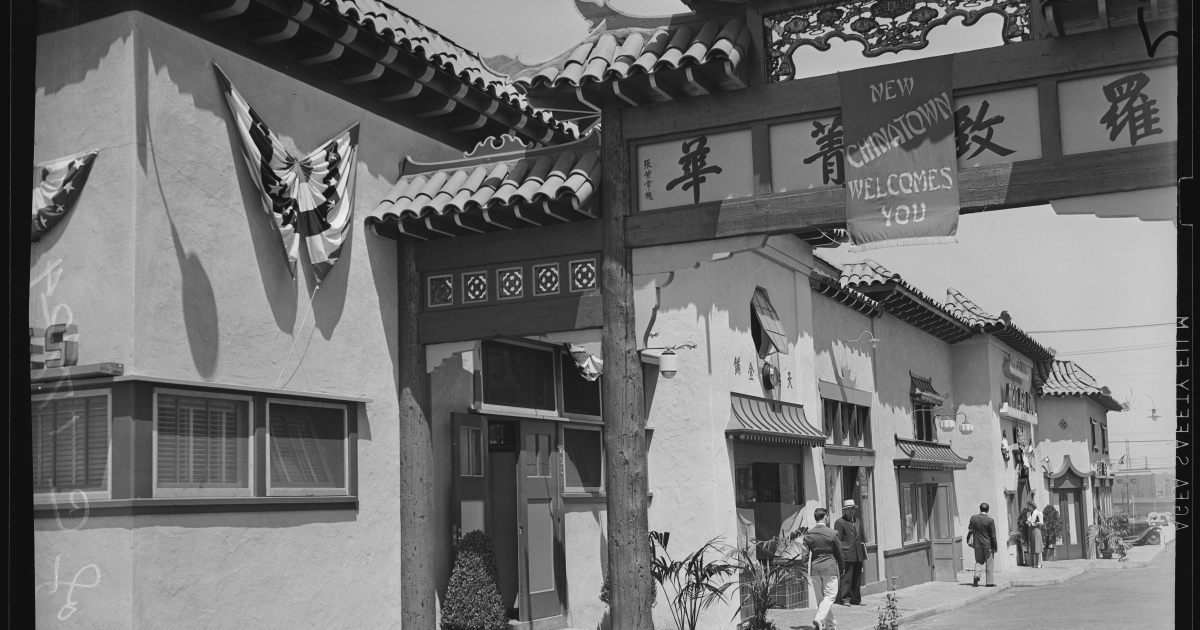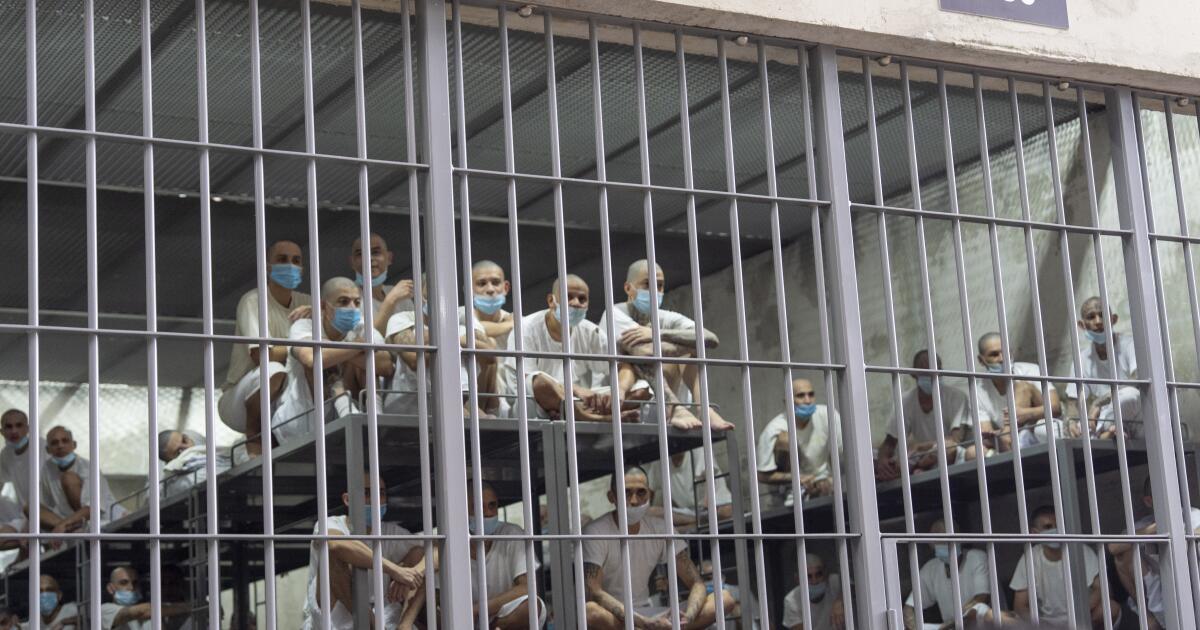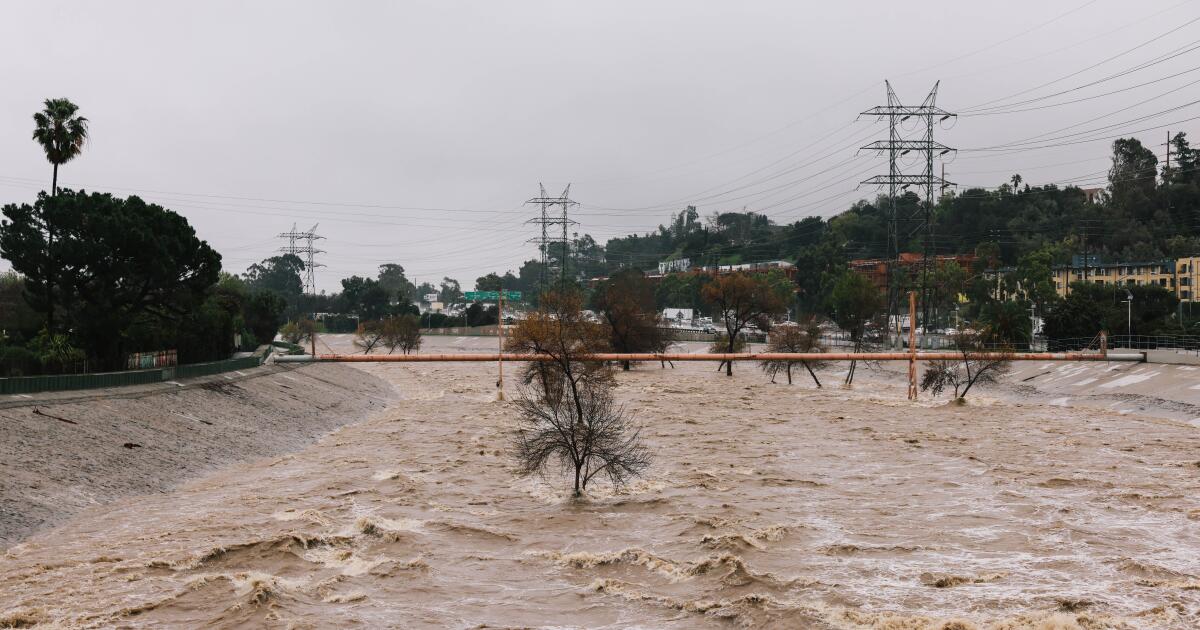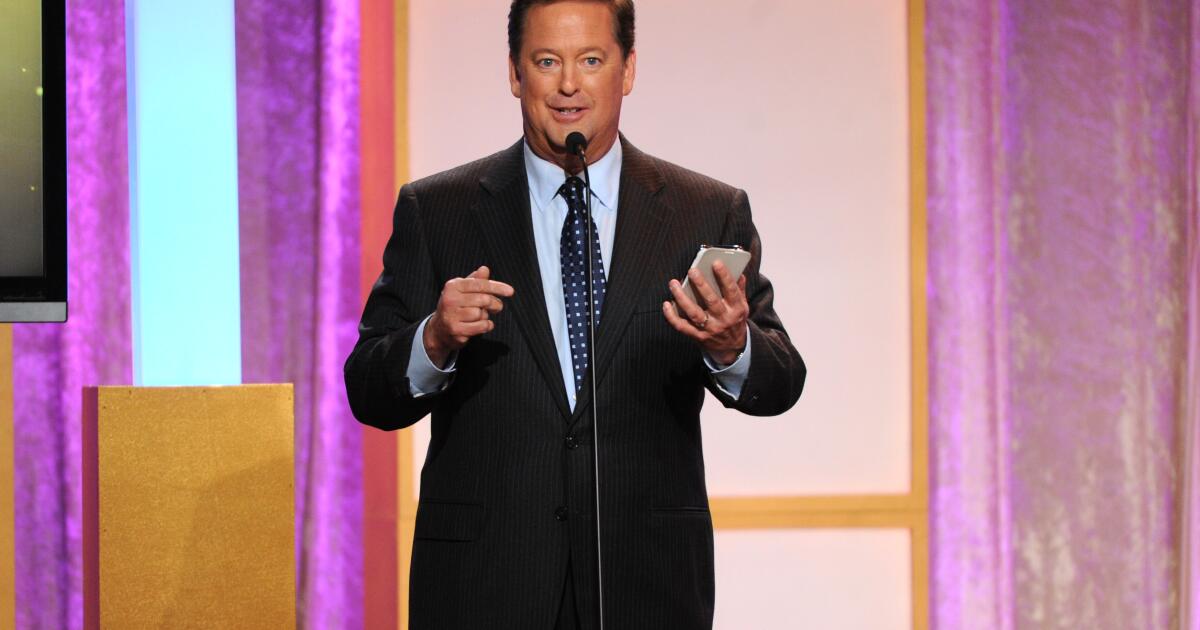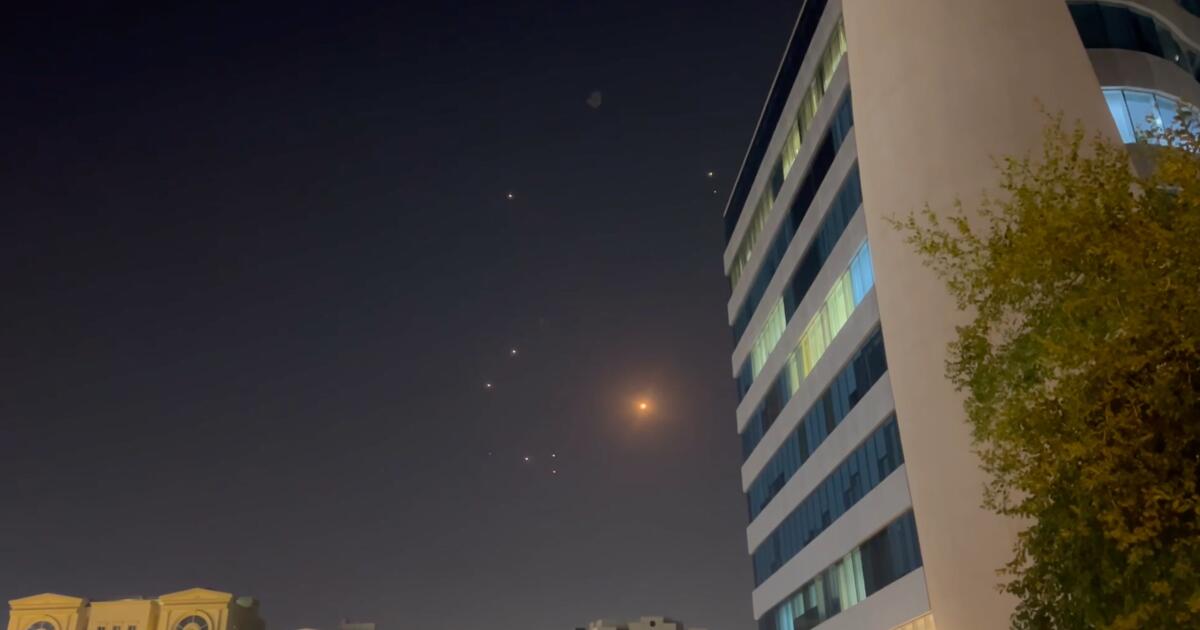For nearly 150 years, Los Angeles has been both an idea and a place. Even before the rise of Hollywood, newspaper publishers and real estate developers sold the world a carefully constructed image of the region. These boosters promoted Los Angeles as a suburban paradise for an audience of white, middle-class families in the Midwest. Perhaps surprisingly, as a concept and as an immigrant enclave, Chinatown was crucial to developing this image and forming the identity of Los Angeles.
Following the completion of the Southern Pacific and Santa Fe Railroads in the late 19th century, city leaders, developers, and land speculators began transforming this former small Spanish-Mexican village into a large metropolis. The railroads hired journalists to promote the region. The city's population skyrocketed from 11,000 people in 1880 to more than a million in 1930. However, behind this vision of what Charles Fletcher Lummis called the “land of the sun,” lies a violent and exclusionary process that was racialized from the beginning.
Throughout the late 19th and early 20th centuries, reports described Chinatown as a neighborhood of filth, violence, and vice. The district was located on a street known as Negro Street, which the Los Angeles Times and other newspapers routinely referred to in their publications using a more racist nickname. In 1871, an angry mob rampaged through Chinatown, attacking immigrants, destroying property, and lynching 18 people. This event would become known as the Los Angeles Chinese Massacre, part of a wave of anti-Chinese actions that swept the American West towards the end of the 19th century.
If the threat of violence wasn't enough, by the 1920s most neighborhoods in the city were covered by restrictive covenants, language in property deeds that prevented people of color from purchasing homes. White middle-class residents, however, considered the urban core less desirable and left these houses available.
Alongside French, Italian, and Mexican immigrants, Chinese Americans thrived in the city's bustling multiethnic central core. Chinatown featured restaurants, curio shops, two Chinese temples, and a Chinese theater; on Los Angeles Street, the Chinese Consolidated Benevolent Association. It occupied the top floor of the Garnier building, which today is one of the last remaining structures of the old Chinatown. For a time, the community even supported a Chinese newspaper.
But in the early 20th century, the English-language press and regional boosters increasingly constructed Los Angeles's image of suburban idyll against representations of Chinatown. By describing Chinatown as an outcast, newspapers applied enormous scrutiny to the community's relatively small population.
The 1930 census identified about 3,000 Chinese in a city of more than a million people. During this decade, the Los Angeles Times mentioned Chinatown more than 1,100 times, compared to just 200 mentions of Little Tokyo, even though the Japanese American community was seven times larger. The coverage even surpassed that of the Mexican American community near the Plaza, almost all of which predated the arrival of Anglo settlers. Alarmist media portrayals contributed to the city's decision to build Union Station on the site of Old Chinatown, displacing most of the immigrant community.
In the summer of 1938, two neighborhoods emerged to replace the old Chinatown. Known as New Chinatown and China City, they rejected the prurient depictions of Chinatown by using nonthreatening commercialism, superficial aesthetics, and racial performance to shape popular perceptions of Chinese Americans. The commodification of racial differences in both districts shaped the image of Los Angeles as a complex multiethnic metropolis.
Under the leadership of Peter SooHoo, Chinese-American merchants created New Chinatown, the Chinatown we still have today near downtown. Born in Los Angeles, SooHoo graduated from city schools and USC and was one of the first Chinese Americans hired by the Department of Water and Power. He teamed up with attorney YC Hong, the first Chinese-American to pass the exam in California, to form a corporation through which Chinese merchants purchased land for their Chinatown. To contrast with depictions of Old Chinatown riddled with secret underground passages and opium dens, they designed their district as an urban shopping center with neon lights, wide, walkable streets, a wishing well, and pagoda-style roofs.
That same summer, Christine Sterling, the white philanthropist behind the pedestrian-friendly Olvera Street, built China City nearby, around Hollywood myths. Backed by the editor of the Los Angeles Times and Hollywood producers, the district included a recreation of the House of Wang set in MGM's “The Good Earth.” a 1937 blockbuster set in China, and the Chinese Junk Cafe, a pirate ship-shaped bar run by film artists Luke Chan and Johnson Sing.
While some have dismissed China City as culturally exploitative, the workers there formed a true community. To run the stalls, Sterling hired local Chinese Americans, many of whom supplemented their income by working as extras in Hollywood films of the 1930s and 1940s. China City, for all its artifice, offered a safe haven and camaraderie. for many who felt excluded by the mercantile elite that ran New Chinatown. Among them were: Swan Yee, son of a Pennsylvania washerman, who ran the rickshaw stand with his brother Johnny; Camille Wing, née Chan, a mixed-race Chinese-American whose father was a vaudeville performer; and Tsin Nan Ling, the merchant who ran Chekiang Importers and came from outside the Pearl River Delta region that most Chinese immigrants considered home.
China City was finally destroyed by fire in 1948. But in the decades that followed, New Chinatown continued to allow Chinese Americans to wrest control of its image from the city's developers and create their own representation. Of course, local newspapers and the elite continued to oppose Los Angeles to the idea of a racialized urban core, increasingly stereotyping black and Latino communities as urban threats. The links between suburban Los Angeles identity and racial exclusion proved tenacious.
Today, Chinatown is one of many Asian neighborhoods in Southern California. From Little Saigon in Westminster to Little India in Artesia to the ethnoburbs of the San Gabriel Valley, Asian American neighborhoods help define the region. In this context, it is easy to forget the distinctive role that Los Angeles' Chinatown has played. Too many people dismiss Chinatown's pagoda-style roofs, fortune cookies, and wishing well as inauthentic representations of Asia and Asian Americans. Rather, we should embrace them as reminders that neither the popular image of Los Angeles nor the city itself would have developed as they do today without Chinatown.
William Gow is an assistant professor at Sacramento State University, community historian for the Chinese Historical Society of Southern California, and author of “Depicting Chinatown: Hollywood, Tourism, and the Creation of a Chinese-American Community.”

